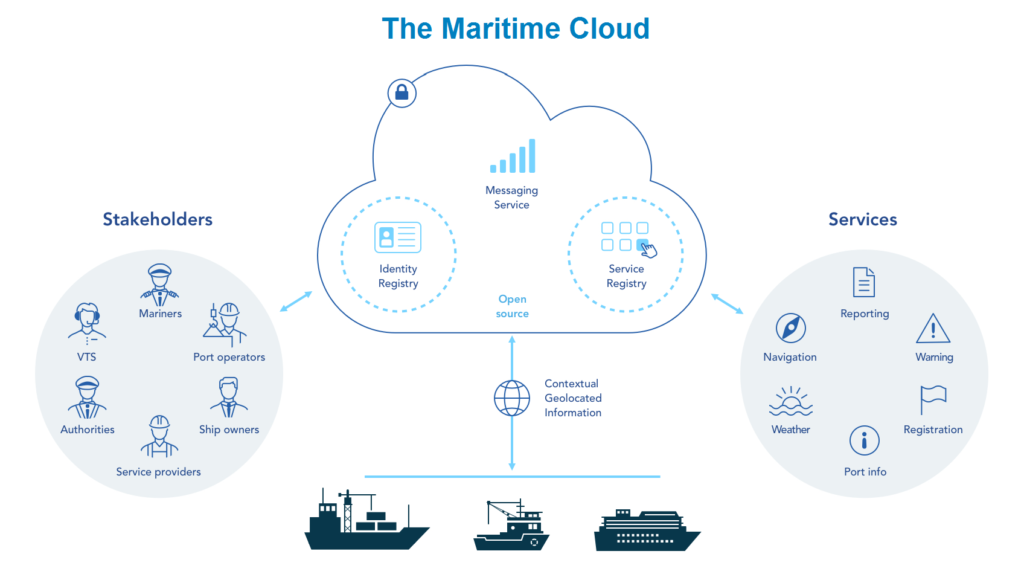Endorsement feature added to the Maritime Cloud
The team behind the Maritime Cloud have included a prototype for an endorsement tool in its latest update. When in use, it will allow international organisations, national authorities and regular users to endorse certain services for specific use.

How to square off the need for trusted services with the stated desire of opening up the playing field for innovative solutions has long been an important question to answer for the EfficienSea2 project.
One way of doing that is being tested now in the latest release of the Maritime Cloud, where the developers have added a new feature for endorsements. The prototype allows organisations to endorse certain services registered in the Maritime Cloud Service Registry.
For Thomas Steen Christensen, Senior Advisor at the Danish Maritime Authority and Work Package Leader in EfficienSea2, the endorsement feature serves an important purpose:
“The Maritime Cloud can make it much easier for mariners to find the recommended services,”
“We have not yet decided exactly what an endorsement will mean for a service, but we are testing different ways to allow for differentiation between officially standardised services and solutions not yet sanctioned by an official body. Both can benefit mariners greatly, but the distinction serves an important purpose.”
Version 0.5 – more possibilities and better interface
The Maritime Cloud is not set to be fully operational yet, but as three major projects, the EfficienSea2, STM Validation and the Korean SMART-Navigation Project, are working actively with it, a number of services have already been tested in the Maritime Cloud. This allows for a significant amount of feedback and leads to changes.
In the latest version for example, a number of tools have been added or changed to increase the usability of the Maritime Cloud. This includes better geographic searches, more filtering when searching for specific services, removal of many pop-up notifications and a general simplification of the registration process for a new service.
Thomas Steen Christensen explains:
“Our project users allow for a certain level of bug fixing already before we officially start our beta testing. This leads to constant optimisation even as we are still working on some other aspects necessary to make the Maritime Cloud fully operational.”
If you are interested in learning more about the Maritime Cloud, all relevant technical information can be found at MaritimeCloud.net.
